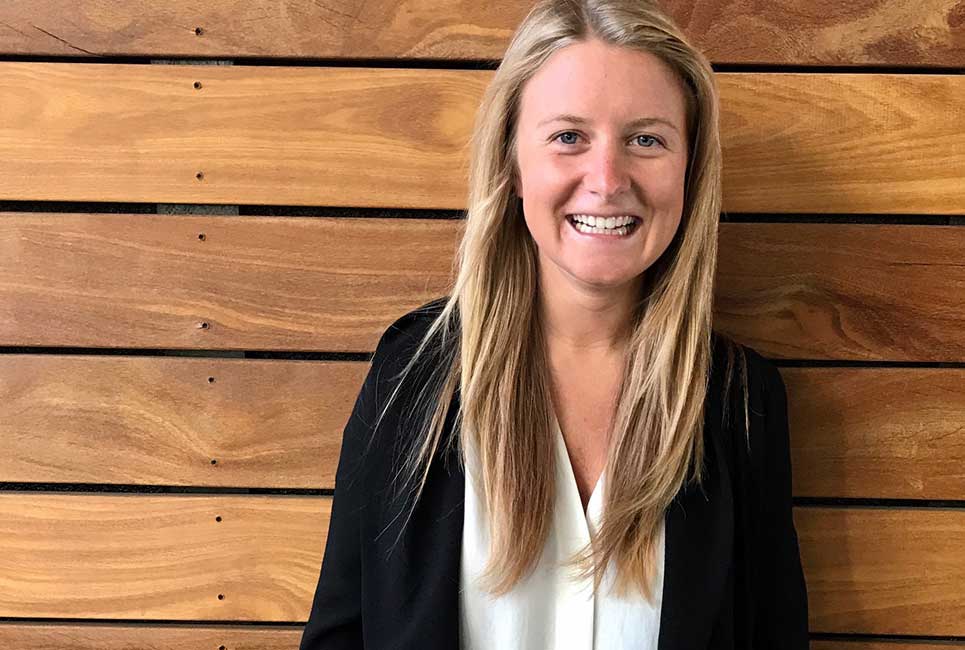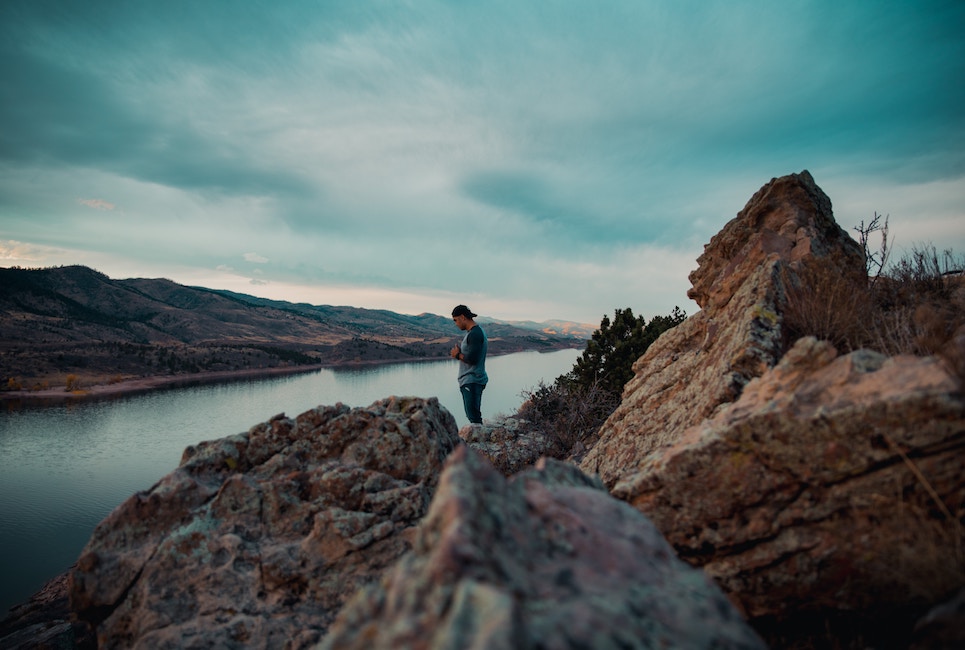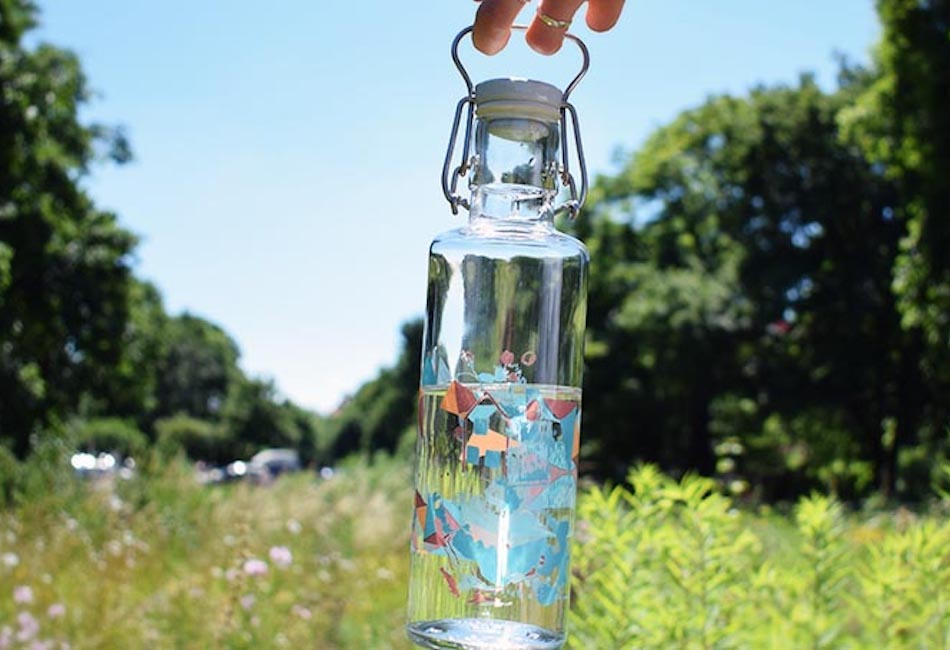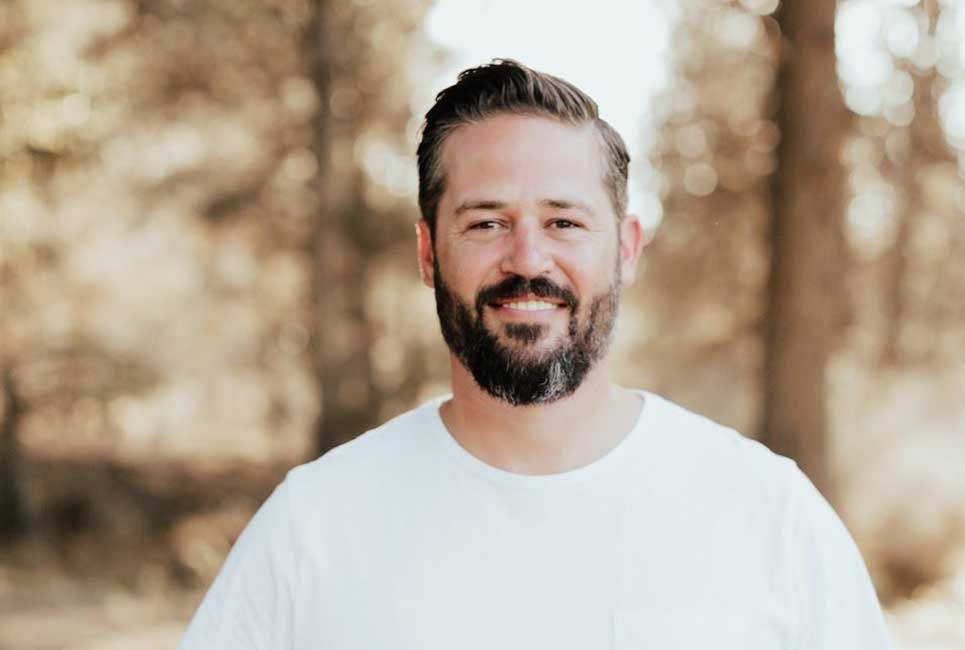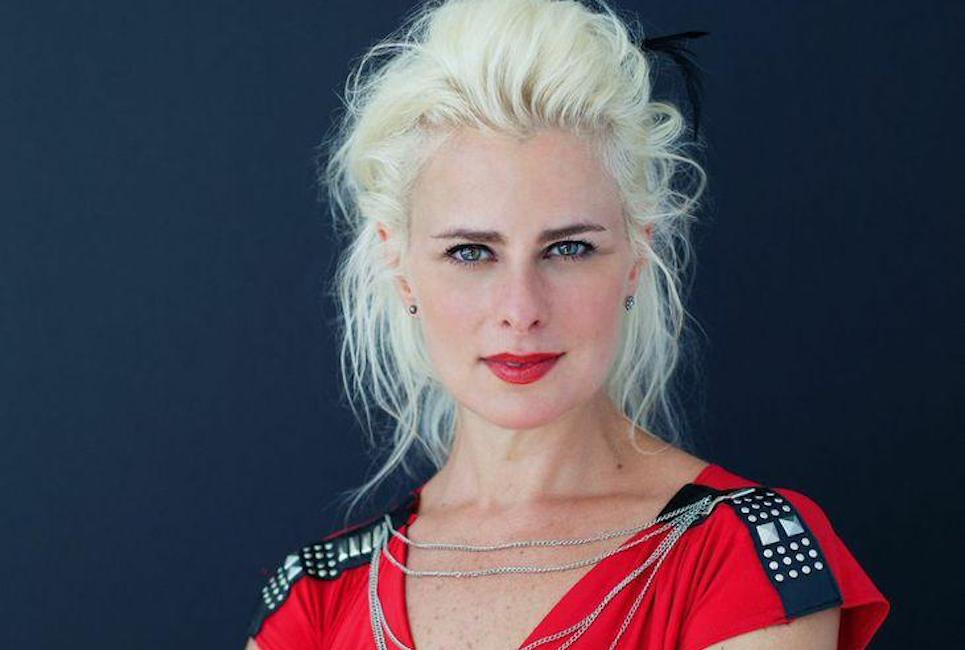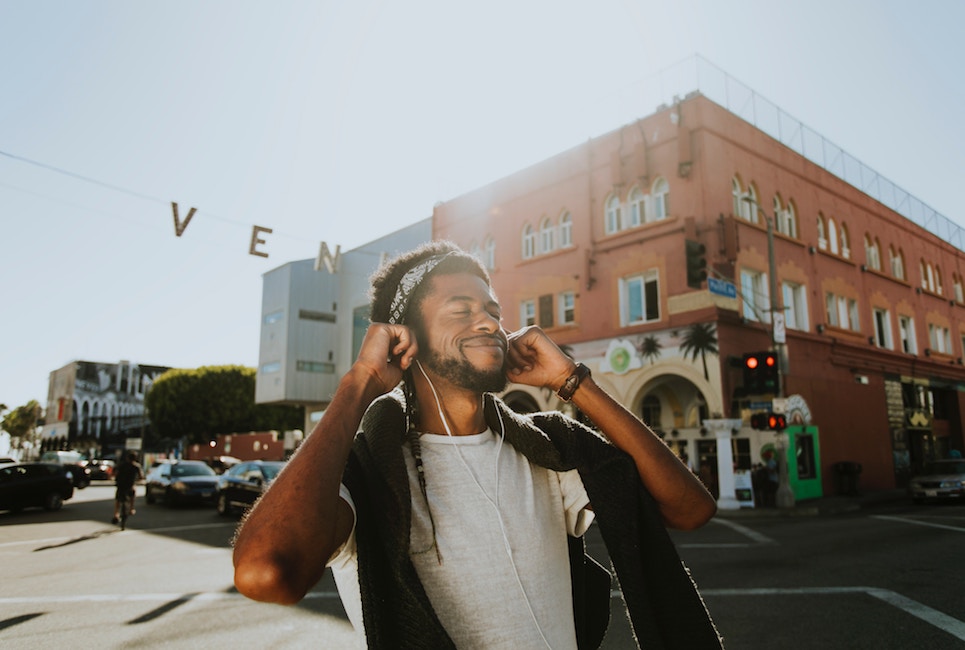The world is rapidly changing around us and we all play a part in the future that is created. In this article, you’ll explore great tips for living a happier and healthier life that is more intentional.
According to the World Health Organization, 13 million deaths annually and nearly a quarter of all disease worldwide are due to environmental causes that could be completely avoided.
The conditions of our environment play a substantial role in the well-being of humanity and all life on earth.
While it’s easy to feel like our part individually is insignificant it’s important to remember that we’re all part of a bigger system. We are nature.
Taking care of nature is the same as taking care of ourselves.
Health issues such as asthma, chronic obstructive pulmonary disease, cardiovascular disease, and stroke can all be triggered by poor environmental conditions.
Business is one major tool people use today to help create large-scale positive change. But we can’t stop there or rely only on business. Part of living an impact lifestyle means to live consciously. This means we need to become aware of small daily actions and make smart decisions. This can be tough sometimes because it’s like breaking old addictions.
You matter!
Here are some steps you can take to start living a more conscious impact lifestyle today.
The Food We Eat
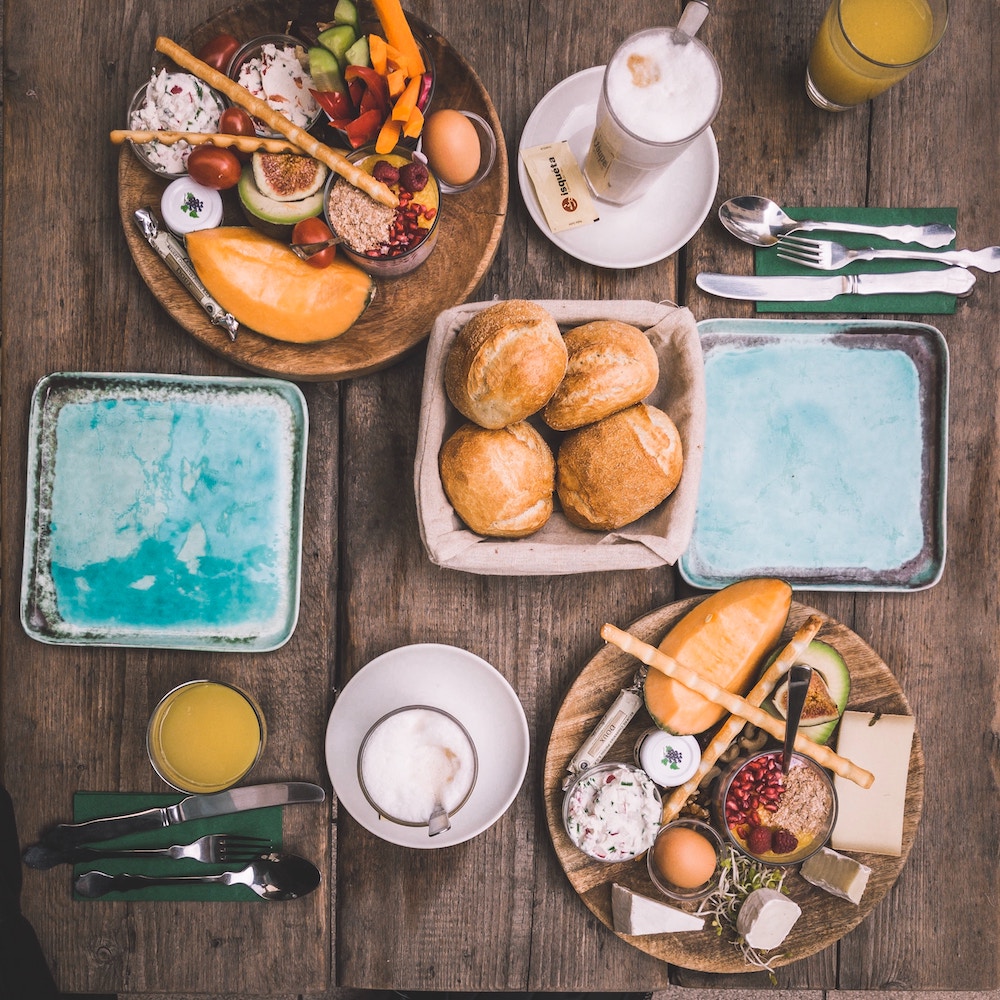
Food is an everyday necessity of life. It’s also a business. How those businesses operate matters and so do the choices we make. Every dollar we spend is like a vote for the world we live in.
Opting for local, healthy, environmentally responsible food helps promote both personal health and overall health of the community.
Production, processing, packaging, and transportation of food is highly dependent on the use of fossil fuels and chemical fertilizers. These can greatly harm our health and the health of the environment.
Today, if you walk through a grocery store and just take a moment to look around a notice how much plastic surrounds you, it will blow your mind.
Sustainable food systems operate in a cycle of sustainable production and support. Farmers can make their food more sustainable by limiting pesticide use and treating their animals humanely and responsibly. Consumers can select food produced close to home and reduce the impact of our food system on the environment by lessening the distance food travels from farm to table.
When buying food consider these tips:
- Buy local produce.
- Buy fairtrade products
- Buy “B-corp” certified products
- Support and preserve rural communities.
- Don’t use a plastic bag for every single fruit and vetable you purchase. Wash your produce at home.
- Eat less beef and other animal products (Beef is a leading cause of deforestation, air pollution, and water pollution)
- Avoid products in plastic containers; look for paper and glass which are biodegradable or recyclable.
- Never buy plastic water bottles (25% is tap water in a bottle anyway)
- Only buy eggs that are “Certified Humane”
- Buy organic to avoid supporting the use of pesticides and toxins
- Look for items locally grown
- Buy fish that is sustainably caught and not overfished (see www.fishpeopleseafood.com)
Transportation

It’s exciting to see the shared economy become more popular. This includes programs like Zipcar, shared bicycles stations in big cities, and even Uber.
Pollutants released by vehicles greatly increase air pollution levels and have been linked to adverse health effects, including premature mortality, cardiac symptoms, exacerbation of asthma symptoms, and diminished lung function. Have noticed that more and more people now have allergies or asthma?
To minimize the damaging impact of our current transportation choices, try adopting more sustainable methods of travel when possible. With hundreds of millions of cars on the road in the US alone we are growing rapidly.
According to the Bureau of Transportation 77 percent of people drive alone still. And at the same time production is booming. According to the International Organization of Motor Vehicle Manufacturers, there were over 72 million cars produced in 2016 globally. As of May 2018, 29 million cars have been produced so far.
Watch this TED Talk from Bill Ford (grandson of Henry Ford), talk about the future and gridlock.
[vc_video link=”https://www.youtube.com/watch?v=PMEXHqHQKl0“]
Some solutions to consider include:
- Walking
- Bicycling
- Public transportation such as trains
- Carpools
- Vanpools
- Working from home when possible
- Electric cars to burn less fossil fuels
Home Improvements

Sustainable homes are not only better for the planet, but offer opportunity for saving some cash. These solutions might require a little investment up front but you’ll make it back over time in savings.
Tips for saving energy:
- Consider solar roof panels that look great – https://www.tesla.com/solarroof
- Make sure your home is well-insulated to conserve energy and spend less on heat and air conditioning.
- Use a programmable thermostat to time your heat and air conditioning for when you are in your home. These can shut off while you are away, saving both energy and money.
- Weatherproof your home. Caulk, seal, or weather strip outside openings to prevent air leaks.
- Conserve water by installing aerating and low-flow faucets and showerheads.
- Choose garden plants that don’t have a high demand for water.
Looking for a major upgrade? Tankless and on-demand water heaters can save up to 30% of energy compared to standard natural gas tank heaters.
Safe Products
There are many stages in a product’s life cycle, and each one can negatively affect the environment if not managed correctly. Companies may adopt poor practices because it’s cheaper and each year they need to show an increase in the bottom line.
In response to destructive practices William McDonough and Dr. Michael Braungart published Cradle to Cradle: Remaking the Way We Make Things, encapsulating a journey of discovery about materials as biological or technical nutrients and their use periods and evolution. They created a framework for quality assessment and innovation: the Cradle to Cradle Certified™ Products Program.
The Cradle to Cradle Certification process spans over five categories: material health, material reutilization, renewable energy and carbon management, water stewardship and social fairness.
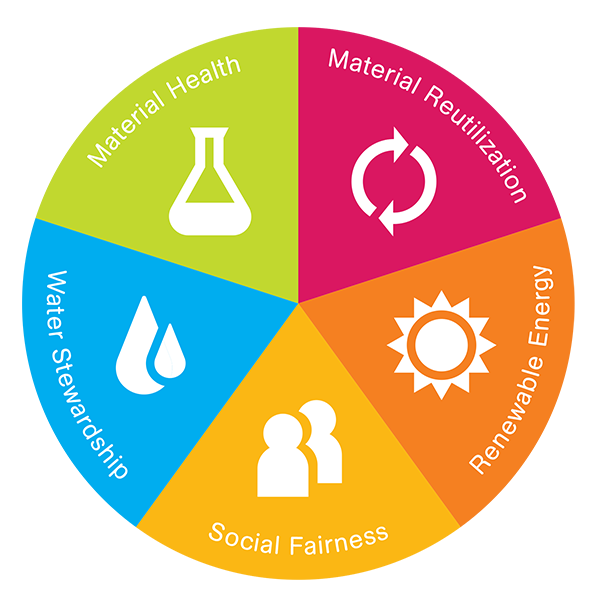
[vc_video link=”https://www.youtube.com/watch?v=cOMVZKQYZYU”]
Before making a purchase, consider the full impact of the product’s material, manufacturing method, and usage. Know the full extent of what you’re supporting. Products can tie to deforestation, pollution, child labor and other challenges none of us likely would choose to support if we knew about it.
To convert raw (or recycled) materials into a product, elements are processed, shaped, and manipulated. These steps consume energy and deplete nonrenewable natural resources. For example, plastic products are made from petroleum, a finite resource.
All the plastic ever made is still here today and will likely never go away. Maybe in a 1,000 years if we’re lucky. It’s filling our oceans, poisoning our food and killing eco-systems. About 8 million tons of plastic trash land in our oceans each year.
Additionally, many products affect the environment throughout their useful life. Using these items responsibly can reduce their environmental impact. Any equipment with a plug requires electricity to operate. To prevent wasting energy, turn equipment off when not in use.
At the end of a product’s useful life, consider what parts may be reused and how to dispose of the product or its components responsibly. Plastics, glass, paper, and other materials may be recycled. Many manufacturers will take products at the end of their lifecycle. Check with vendors in your area for specifics on disposal practices.
Some tips to save money and the planet:
- Save your plastic bags and reuse them
- Shop with reusable bags
- Look for 30% or greater post-consumer recycled content
- Buy 100% recycled paper towels and other paper products
- Never buy plastic plates, forks, knives or cups
- Only buy soap that does not use palm oil or sources it sustainably such as Dr. Bronners. (Palm oil is a major drive of deforestation)
- Look for products made of biobased content (composed of biological products such as plant materials)
- Avoid animal-based products
- Look for b-corp certified
Look for fairtrade certified
- Buy products that have minimal life cycle costs
- Buy products that have minimal risk of toxic/hazardous chemicals
- Look for products that are durable or have a long product life
- Ask yourself if what you’re about to buy is necessary
Electronics
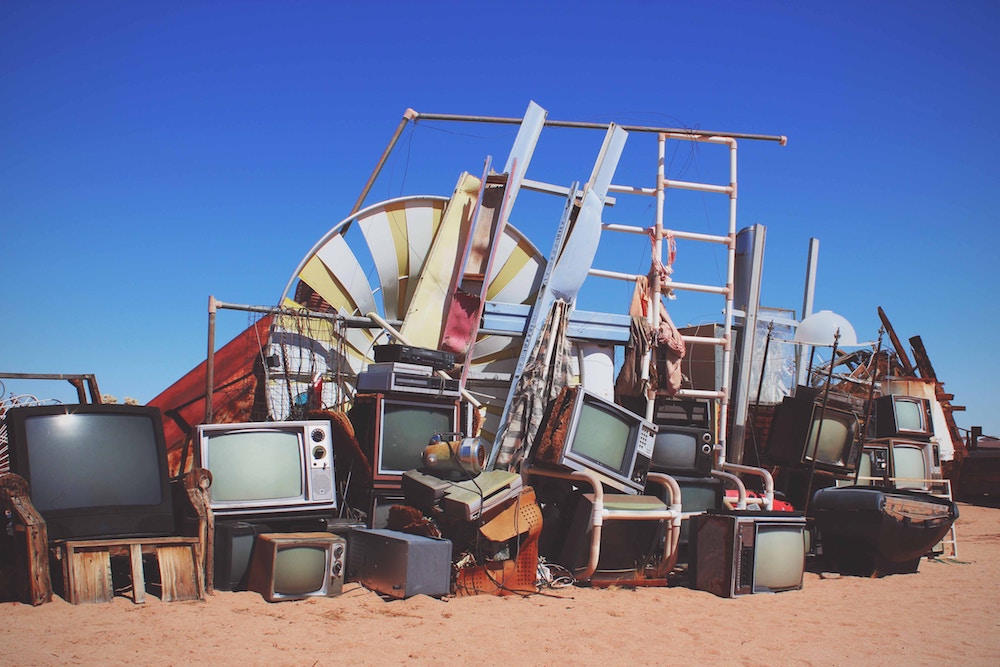
Electronics impact the environment and human health. Fabricating and shipping electronics use water and energy, and often create industrial waste. The disposal of electronics results in a massive amount of waste going into landfills. Toxins, commonly found in electronics, can leak into the soil or release into the air through burning.
Each year our planet generates about 50 million tons of electronic waste. This includes everything ranging from batteries to mobile phones and children’s toys. Here’s the thing, while this material may have been tossed away that does not mean they’re not without value. Actually, the United Nations estimated the total worth of all that e-waste at $55 billion, thanks largely to the trace amounts of gold, silver, and other metals they contain. The problem, though, is getting them out.
There are specialized centers that can safely dispose of these products to avoid toxic leakage and may be able to recycle some of the material. Many manufacturers will also take old products to recycle their parts.
Only through management over the entire life cycle of electronics can we mitigate the overall negative effects on our soil, water, air, and health.
Check for special programs in your area to recycle:
- Batteries.
- Old laptops or phones.
- Printers, keyboards, and other computer accessories.
- Televisions.
- Wires and plugs.
You might also enjoy:


